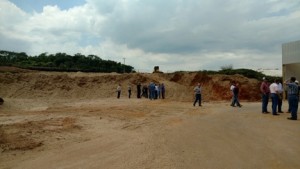by Glynn Tonsor, Livestock & Meat Marketing
Effect of Location on Feeder Cattle Basis
Summary: Researchers at Oklahoma State University recently published a study providing results of a hedonic model designed to estimate the impact various location-specific characteristics have on feeder cattle basis (cash-futures). This analysis utilized over 6,000 unique lots of cattle sold between 2010 and 2013 at eight locations across Oklahoma. While controlling for several traditional impacts such as lot size, weight, etc. the authors found basis to increase $0.64/cwt for each additional 100,000 acres of wheat within 100 miles of the sale location and basis decreases $0.07/mile each sales site is from four-lane roads.
Implications: Regardless of the current market environment, cattle producers can make better managerial decisions with enhanced understanding of factors influencing the price of feeder cattle they are interested in buying or selling. While many have long suspected feeder cattle prices vary across locations for sound economic reasons, few studies have quantified these effects. The finding of local wheat acreage supporting feeder cattle basis is consistent with local buyers internalizing wheat grazing prospects into what they are willing to pay. Likewise, proximity to four-lane roads is identified to enhance feeder cattle prices as the easier it is to move cattle to subsequent steps in the production process the more a buyer can and will pay.
Continue reading “Studies evaluate feeder cattle basis and factors impacting calf prices in a video auction” →
